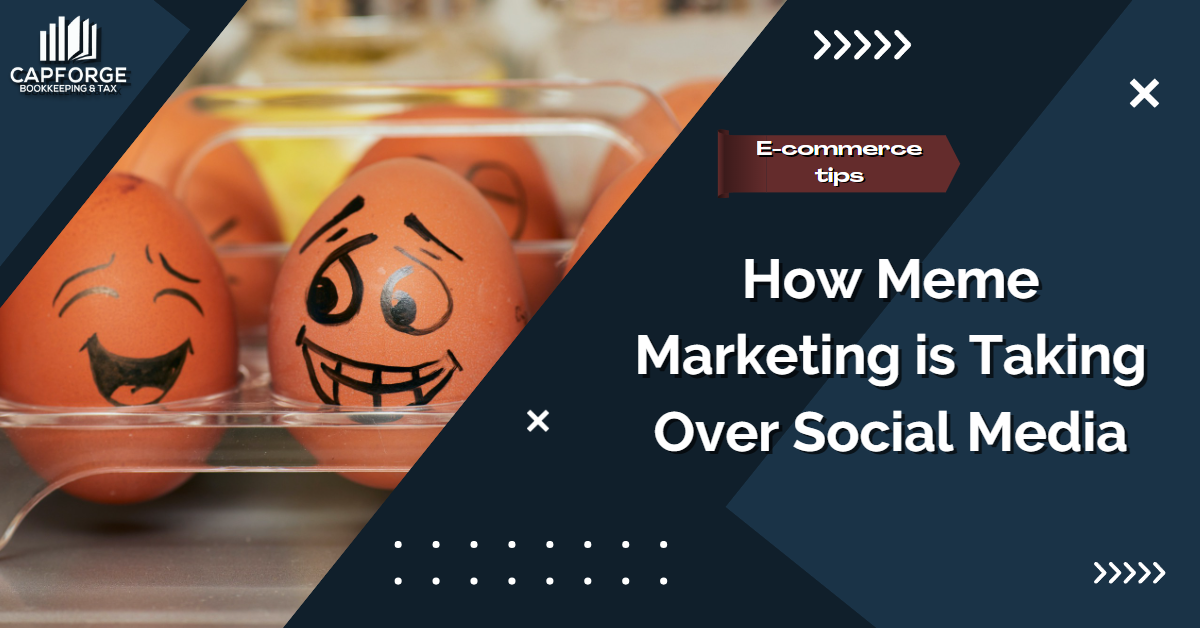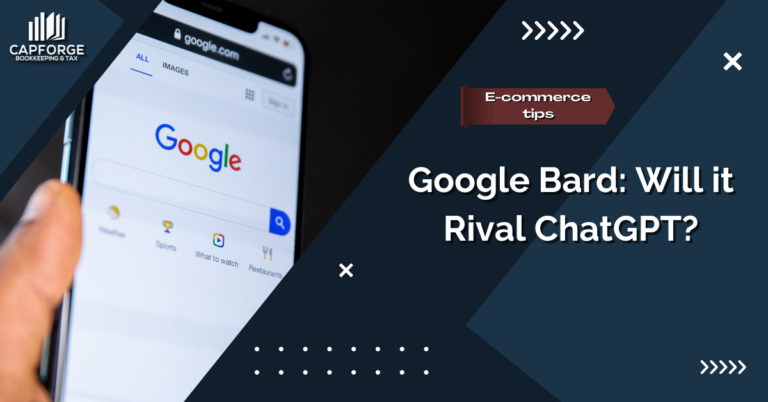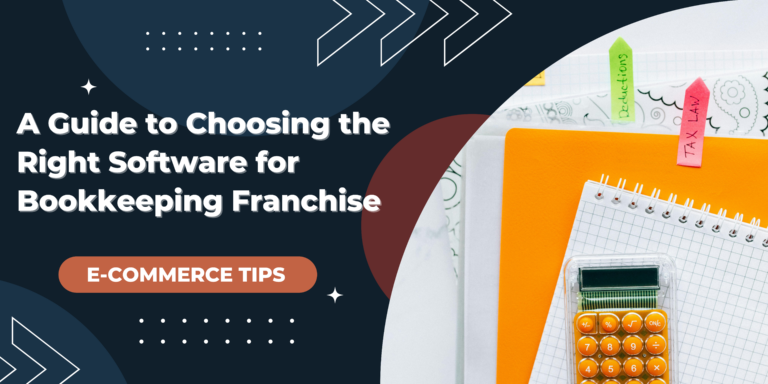How Meme Marketing is Taking Over Social Media
Long gone are the days when traditional print and television ads were the only ways to get the word out about a product or service. The game changed drastically with the introduction of social media, and it went into overdrive when marketers realized the untapped potential of memes. This introduced the birth of meme marketing, paving the way for communities to connect and share laughs with younger, more digitally-savvy consumers.
Meme marketing is an exciting and dynamic field that offers a plethora of opportunities for brands willing to think outside the box. The benefits are manifold—from increased engagement and brand awareness to driving website traffic and sales.
This blog post will talk about the rise of meme marketing and how you can implement it into your marketing strategies. Let’s go!
Why are people drawn to humorous posts?
Everyone loves a good laugh. It uplifts our spirits and detoxifies us from the daily stresses we encounter. When people encounter a funny post on social media, their brains release endorphins, which are natural mood enhancers. If used correctly, humor can serve as a powerful tool for communication and persuasion.
Savvy public speakers understand that humor can go a long way toward captivating an audience, making their message more engaging and memorable. This is why comedians, satirists, and humorists often have a significant impact on public discourse.
Moreover, the brevity and immediacy of social media platforms are well-suited to humor. Memes, short videos, and witty one-liners can be quickly consumed and appreciated, making them perfect for the fast-paced nature of social media. In a world where attention spans are shrinking, humorous content can capture and hold the viewer’s attention in a matter of seconds
How can brands leverage humor in meme marketing?
Creativity is the name of the game when it comes to meme marketing, and as long as you understand your target audience, you can go all-out with creating funny stories/posts. One example is Dollar Shave Club, a brand that values humor when crafting its Instagram content.
The meme positions their aerosol spray as the ideal solution for a swampy crotch, using a character from the animated movie Spirited Away to portray how their spray works.
Brands can adopt a similar strategy by:
- Staying current and relevant: To effectively use memes in marketing, brands must stay up-to-date with internet culture, trends, and memes that are currently popular. This requires continuous monitoring of social media platforms, forums, and online communities to identify emerging memes that resonate with their target audience.
- Aligning humor with brand identity: While using memes, brands should ensure that the content aligns with their brand identity and values. The humor and message of the meme should reflect positively on the brand and not appear forced or inauthentic.
- Creating original memes: Brands can create memes that relate to their products, services, or industry. Original memes can be tailored to deliver specific marketing messages or promotions while still fitting into the broader meme culture.
- Engaging with user-generated content: Encourage user-generated content related to your brand by creating meme challenges or contests. When consumers create memes about your brand, it can lead to increased engagement and organic word-of-mouth marketing.
- Leveraging trends: When a particular meme or trend is gaining traction, brands can quickly adapt their messaging to incorporate it. This demonstrates a brand’s ability to stay relevant and engage with current conversations.
- Creating shareable content: Memes are inherently shareable, so brands should craft content that is not only humorous but also easily shareable across social media platforms. Memes that resonate with audiences are more likely to go viral and reach a broader audience.
To execute meme marketing successfully, brands should keep a finger on the pulse of internet culture, create content that aligns with their brand identity, and focus on creating memes that are shareable, respectful, and in tune with their target audience’s interests. Only then will meme marketing help brands generate buzz, increase brand recognition, and foster a loyal online community.
What are the downsides of meme marketing?
While meme marketing has its upsides, there are a few considerations to keep in mind before you start incorporating it into your marketing strategies. Some of them are:
1. Misinterpretation
One of the main downsides of meme marketing is the potential for backlash or misinterpretation. Internet memes often originate from user-generated content, and their meanings can evolve rapidly. What may be humorous and relatable one moment could become offensive or outdated the next.
Attempting to incorporate memes into marketing campaigns without a thorough understanding of their context and cultural relevance can lead to a brand appearing out of touch or even offensive, which can harm its reputation and alienate potential customers.
2. Short shelf life
Memes are by nature ephemeral and have a short lifespan. They gain popularity quickly but also fade into obscurity just as fast. This means that the effectiveness of meme marketing campaigns is often short-lived, and brands need to continually stay up-to-date with internet culture to keep using relevant memes.
This can be a time-consuming and resource-intensive endeavor for businesses, particularly those in more traditional industries.
3. Suitability
Meme marketing may not be suitable for all types of products or services. Some businesses and industries require a more serious or professional approach to marketing, and attempting to use memes in such contexts can seem forced or inappropriate, ultimately detracting from the brand’s image.
4. Measurability
Meme marketing can be challenging to measure in terms of its impact on key performance indicators (KPIs) such as sales or brand awareness. Unlike traditional marketing methods where the results can be more easily quantified, assessing the ROI of meme marketing campaigns can be elusive, making it difficult for businesses to justify the resources invested in such endeavors.
5. Oversaturation
When numerous brands attempt to capitalize on the same popular meme simultaneously, it can lead to meme fatigue among consumers. Overexposure to meme-based advertisements can lead to diminishing returns, where audiences become desensitized to the approach, rendering it less effective over time.
Is meme marketing right for you?
Meme marketing has become a prominent trend because it offers a unique and engaging way for brands to connect with their audience. Memes are easily shareable, cost-effective, and provide an avenue for authentic and relatable content.
As the digital landscape continues to evolve, meme marketing is likely to remain a valuable tool for brands looking to reach and resonate with their target demographic in a more humorous and culturally relevant manner.
If your target audience is young and you sell products/services that blend with humor seamlessly, then meme marketing is a strategy worth considering.
Managing the financial health of your company is crucial to success. If you need any help with expert bookkeeping services, we are ready to assist you. Feel free to fill out the form below, and we’ll get in touch with you soon.








